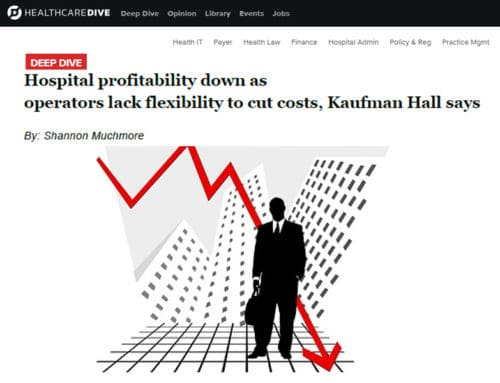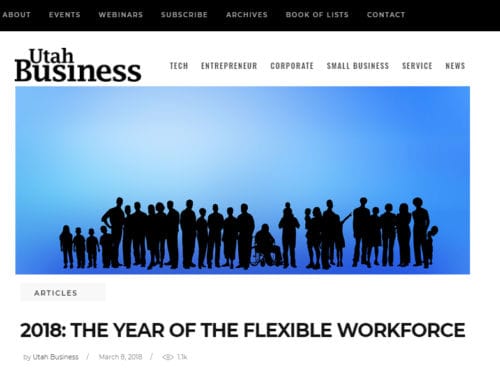Float pools were developed by Health Care Facilities out of necessity, addressing fluctuations in unit census and shortages in staffing whether caused by absences, vacancies or high acuity levels.
The nurses who volunteered to float did so because they were attracted to the flexible schedule, variety of clinical experience, and the constant exposure to new patients and coworkers. However, over time these same nurses became dissatisfied with their float pool because of the high stress they experienced, their lack of training in the units in which they were assigned, and the lack of control of their own schedules.
What worked “then” does not necessarily work now. For float pools to meet today’s nurse’s needs while providing the skilled coverage necessary to guarantee the success of health care facilities, distinct attitudinal and systematic changes must be made.
If it is your goal to successfully fill your vacant shifts while creating a win/win in the value category for both the facility and the program participants, it may be time to rethink how your particular program functions.
Characteristics of well-designed clinical support programs:
- Attract and secure talent within a commutable proximity
- Fill all or the majority of vacant shifts and/or consistently fill planned vacancies while provid-ing ample coverage for employee attrition
- Utilize participants full extent of competencies and experience
- Operate uniformly by managers across all units
- Provide support for the FTE schedule, not visa-versa
- Require consistent work participation
- Fairly distribute patient workloads and nurse-to-patient ratios between FTEs and partici-pants
- Create teaming between FTE’s and participants
- Create participant and management engagement, performance and accountability while minimizing premium pay increase clinician retention
Defining and/or enhancing nurse staffing support programs requires extensive knowledge of the professional attraction and value systems of a multi-generational workforce while also defining a sustainable method to satisfy the staffing needs unique to a singular facility or health system.
If your current program satisfies your organization’s staffing gaps and vacant shifts, nice work!
What if you could gain even more savings in staffing costs, decrease training time and turnover
costs? Perhaps it is time to evaluate what gains you could make if you had program this valuable
or if your existing program performed more effectively?
10 Reasons to Review
Your Existing Program or
Integrate a Flexible Workforce:
- Pools created 10+ years ago solely for nurse retention should be modified to satisfy today’s facility needs congruent with the work values of a multi-generational workforce.
- Work rules may not be clearly defined, enabling participants to manipulate requirements for both availability and financial purposes, not as the rules were intended.
- Defined minimum work hours and other requirements to remain in the “pool” may not be effective, leaving unnecessary staffing holes in work schedules.
- Nurse Managers may be forced to resort to scheduling FTE staff around pool staff availability to maintain coverage, creating FTE dissatisfaction and eventually conflict within teams
and/or attrition. - Nurse Managers may “silo” talent within their department only by working out “deals” related to days off, pay and other special favors in exchange for working when needed, creating animosity between co-workers and financial waste.
- Fair patient assignments, creating equality of patient care requirements based on acuity, behavior and nurse-to-patient ratios between FTE’s and participants.
- Pool participants may work when it’s convenient for them without regard to the needs of the facility or their co-workers.
- Appropriate incentive for performance, work consistency and contribution.
- Managers may utilize existing programs outside of the guidelines in place, creating indifferent working conditions and ineffective utilization of available participants.
- Pool participants may be utilized outside of their competencies, creating poor use of talent, possible patient safety issues, unit conflict and an increase of risks/liabilities.
If you’re ready to discover your missed opportunities, we are ready to show you mastery of having the right staff in place at the right location at the right time. Our flexible workforce system provides a modernized, sustainable solution to an age old issue – staffing.
How can we help?





